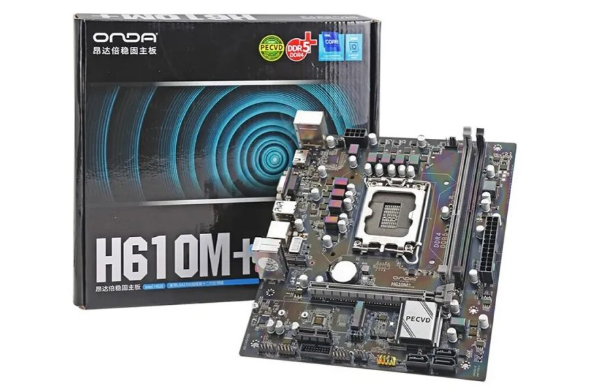Connection to DriversCloud Create a DriversCloud.com account Reset your DriversCloud.com password Account migration
Let people choose between DDR4 and DDR5 - not an idiotic idea, but one that needs to be perfected.
The new generation of DDR5 RAM implies a significant additional cost when changing configuration.
For almost three years now, we've been going through a period of transition in RAM. The arrival of successive generations of Intel's Alder Lake and AMD's Zen 4 processors has precipitated the end of life for DDR4 memory, which is gradually being replaced by DDR5. The problem is that, while this new generation guarantees much higher data transfer rates, it also entails a significant cost premium, even more than two years after its introduction. DDR4 volumes are still much higher, and the assembly lines for DDR4 chips are much more affordable and have long since paid for themselves.
In fact, for many users, buying a new PC is much more expensive because of that pesky DDR5. And yet, while AMD's Zen 4 processors make the switch, Intel's Alder Lake (12th generation), Raptor Lake (13th generation) and Raptor Lake Refresh (14th generation) processors don't necessarily have to. These chips are perfectly capable of handling DDR4, which automatically reduces the cost of such a platform. The Chinese brand Onda has found a solution for a "smooth" evolution from DDR4 to DDR5. Unfortunately, this solution is far from perfect.
On paper, things looked good: the Onda H610M+ motherboard is designed around Intel's H610M chipset, a component known for its low price. It also features an LGA1700 socket compatible with 12th-generation Intel processors, i.e. Alder Lake models, and memory slots designed to accommodate both DDR4 and DDR5. Alas, the good news ends there, as Onda has got its feet stuck in the specification carpet. In fact, with both DDR4 and DDR5, only a single memory slot is available. As a result, dual-channel operation, the cornerstone of both generations of DDR, is out the window. Without dual-channel operation, you can lose at least 10-15% in performance, even though the H610M chipset is already no warrior.
What's even more disturbing is that such a motherboard should be seen as a smooth evolution solution, allowing you to change processor generation while keeping your old DDR4 and, in a second phase, swap this DDR4 for DDR5. The problem is that, on entry-level machines, you often have two 8-GB strips for a total of 16 GB of DDR4. Switching to the Onda H610M+ card while retaining your DDR4 would mean losing half your RAM... not exactly an evolution. And then it's back to the drawing board when it's time to switch to DDR5, since only one slot is available. Finally, Onda can't even count on the low cost of its motherboard to make it stand out: at around 160 euros on AliExpress, it's more than twice as expensive as competing H610M motherboards, and we're not even talking about shipping costs and possible customs duties.
It's a shame, then, that Onda had a great card to play, but its H610M+ would have needed to integrate at least two DDR4 and two DDR5 slots to be interesting.







